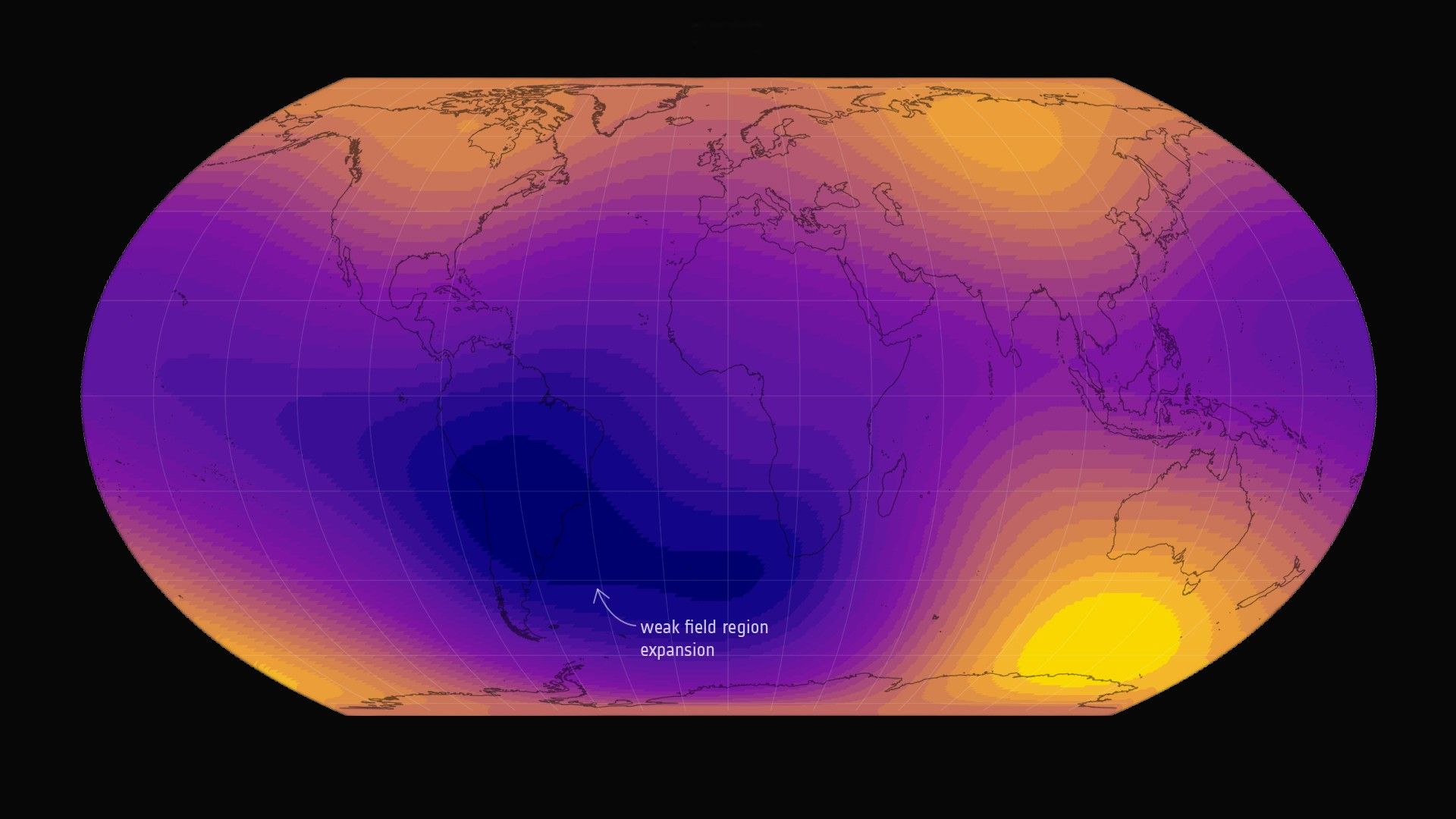WASHINGTON – Guyana is the only Caribbean Community (Caricom) country that has a confirmed case of the Oropouche fever, a viral disease that has resurged across the Americas since late 2023, the Pan American Health Organization (PAHO) has reported.
In its latest epidemiological update, PAHO said that so far this year, 12,786 confirmed cases have been reported across 11 countries — seven with local transmission and four with imported cases — reflecting the growing spread of this virus, primarily transmitted by the Culicoides paraensis midge.
According to PAHO, from January 1 to July 27, this year, Brazil has the highest confirmed cases with 11,888 cases, followed by Panama (501), Peru (330), Cuba (28), Colombia (26), five cases in Venezuela and one case in Guyana.
PAHO said imported cases have been reported in Uruguay, Chile, Canada and the United States. In 2024, the region recorded 16,239 cases across 11 countries and one territory, including four deaths.
PAHO said that Oropouche fever typically causes high fever, severe headaches, and muscle and joint pain, with most patients recovering in two to three weeks, though up to 60 per cent may experience relapses. In rare cases, it can lead to meningitis or encephalitis, and in pregnant women, there are concerns about potential fetal risks.
The virus’s spread to non-endemic areas is driven by factors like climate change, deforestation, and urbanisation of forested areas, which boost the midge population, it said, emphasising the need for stronger epidemiological surveillance and vector control to curb the disease, which currently has no vaccine or specific antiviral treatment.
PAHO said that the key PAHO recommendations to countries in the region include adapting actions based on the epidemiological situation in each country to detect the virus’s introduction into new areas, monitor its spread in areas with local transmission, and properly characterize the epidemiological landscape.
It said there is the need to eliminate midge breeding sites by clearing vegetation and promoting sustainable agricultural practices, prevent bites by using bed nets, protective clothing, and repellents containing DEET, IR3535, or icaridin, especially for pregnant women and rural workers.
In addition, countries are being urged to strengthen early clinical diagnosis and differential diagnosis, particularly with dengue and that treatment focuses on relieving pain and fever, ensuring hydration, and managing vomiting, while monitoring for neurological complications or issues in pregnant women.
“PAHO stresses that national and regional collaboration is essential to monitor and control the spread of the virus, especially amid the circulation of other arboviruses like dengue. The organization is supporting countries with technical guidance on diagnosis, clinical management, and vector prevention and control, urging prompt reporting of unusual events, such as deaths or cases of vertical transmission.”
The virus was first detected in 1955 in a febrile forest worker in a village in Trinidad and Tobago called Vega de Oropouche, near the Oropouche River. Oropouche virus is endemic to the Amazon basin. – CMC


